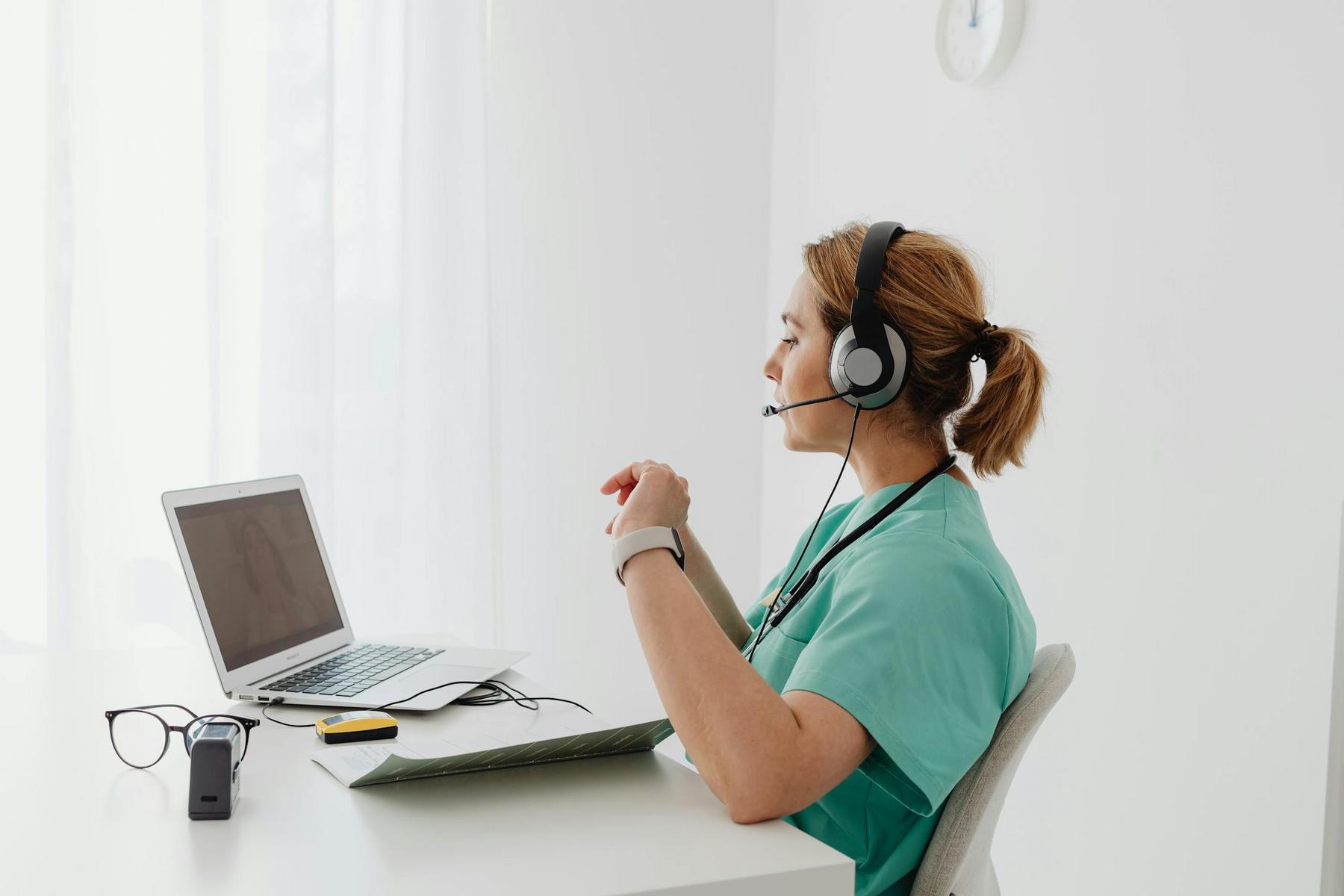Could Telehealth Be the Path to Greater Access?
The COVID-19 pandemic has underscored the necessity of creative service delivery in paediatric speech pathology, as geographical barriers, socioeconomic constraints, and health guidelines challenged traditional methods. Many parents and carers, worried about their children’s therapy delays, turned to telehealth for help. This shift—though accelerated by global circumstances—has fostered a broader realisation: remote platforms, if managed correctly, can expand the reach of crucial speech and language interventions.
How Has Telehealth Evolved for Paediatric Speech Pathology?
One of the most significant changes highlighted in the study by Campbell and Goldstein (2021) was the transition from specialised hardware and software to handheld devices with built-in cameras and microphones. Laptops, tablets, and even mobile phones became the new standard, with publicly available videoconferencing platforms (e.g., Zoom, Microsoft Teams) serving as virtual therapy rooms. These tools shifted both professional and family mindsets about telehealth’s feasibility. Where once clinicians might have required intricate technology setups, today’s speech pathologists can meet children in a secure digital space, which minimises upfront expenses and puts fewer demands on families.
Importantly, this evolution has immediate clinical ramifications: • Families from lower socioeconomic backgrounds or who live in rural communities encounter fewer obstacles in accessing therapy. • Weaker technology support or comparatively unstable internet connections remain a challenge. • Clinicians can schedule sessions flexibly, reducing missed appointments and last-minute cancellations.
Which Barriers Persist in Telehealth Delivery?
The study revealed that while the pandemic removed many regulatory and insurance bottlenecks, it did not entirely solve technology and connectivity issues. Some families still struggle with:
• Internet Stability: Even if a device is available, lagging, pixelation, and dropped audio hinder therapy sessions.
• Digital Literacy: Parents and carers with minimal experience in digital platforms might find telepractice daunting.
• Age Suitability: Younger children, especially under three years old, often require more hands-on strategies that are core to in-person therapy.
Despite these ongoing challenges, the consensus from Campbell and Goldstein’s observational data suggests that telehealth remains a credible alternative, especially for older children and for certain targeted goals such as articulation and language enrichment.
Does Telehealth Improve Access for Families and Clinicians?
Clinicians in the study reported that reduced travel time, relaxed insurance qualifications, and streamlined scheduling proved exceedingly advantageous for many families. In particular, families who may not have sought professional help due to transport issues or other caregiving responsibilities were suddenly able to attend sessions more regularly. A beneficial ripple effect occurred for practitioners too. With fewer physical resources required, therapists could quickly pivot to online practice, enabling them to serve more clients in diverse geographical areas.
Below is a simple comparison table, drawn from insights in the study:
| Advantages | Disadvantages | |
|---|---|---|
| Technology | Accessible handheld devices, public platforms | Potential connectivity issues |
| Operational Barriers (e.g., Insurance) | Relaxed regulations expanded eligibility | Varying coverage policies in certain regions |
| Clinician/Family Attitudes | Greater acceptance of remote sessions | Uncertainty around telehealth efficacy for all age groups |
| Service Reach & Continuity | Quicker scheduling, fewer missed appointments | Some children found it difficult to engage remotely |
What Are the Implications for Real-World Practice?
As a Paediatric Speech Pathologist, I see telehealth as an evolving complement to in-person sessions. For parents and carers, home-based attention-utilising telehealth can reduce day-to-day stress by eliminating travel time. Moreover, telehealth aids in bridging the “rural gap,” ensuring that expert clinical services are not limited to major metropolitan areas. For fellow speech pathologists and other health professionals, telehealth fosters interprofessional collaboration, especially when several clinicians coordinate care virtually.
Furthermore, children’s speech and language goals can be monitored with consistent feedback, while parental coaching becomes more feasible in a natural home context. Telehealth also facilitates a sense of connectedness among families and clinicians, transcending distance constraints. However, vigilance and targeted advocacy are key—ensuring that network quality, data security, and professional training keep pace with telehealth innovations.
Looking Ahead: Embracing Telehealth’s Potential
This pandemic-era study underscores the value of telehealth as an adaptive, ongoing solution rather than a stopgap measure. By refining telehealth practices—strengthening connectivity solutions, offering digital literacy support, and tailoring therapy methods to different ages—paediatric speech pathology can continue to thrive as a hybrid of in-person and remote models. Each child’s needs are unique, and families should be given the opportunity to utilise whichever format best meets their circumstances. If you or your child need support or have questions, please contact us at Speech Clinic.
Is telehealth paediatric speech pathology as effective as in-person sessions?
Telehealth has demonstrated comparable effectiveness for many types of speech and language interventions. However, determining the best approach depends on factors such as a child’s age, the nature of the communication difficulty, and accessibility to stable internet.
How can I prepare my child for a telehealth session?
Aim to locate a quiet, distraction-free area. Test the device’s camera, microphone, and internet connection beforehand. If possible, involve the child in setting up a comfortable space, so they feel involved and ready.
What issues might still arise with telehealth services?
Connectivity problems and varying levels of digital literacy remain the largest barriers for many families. Some children have shorter attention spans in an online setting, and younger children may need extra hands-on activities that are usually simpler to manage in person.
How can we promote better engagement and outcomes in telehealth sessions?
Share observations with your speech pathologist, so session content can be tailored to your child’s interests. Incorporate real-life materials available at home—books, toys, or everyday household items—to reinforce therapy tasks and maintain a sense of fun.

















